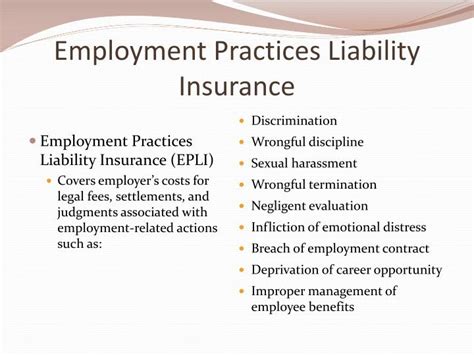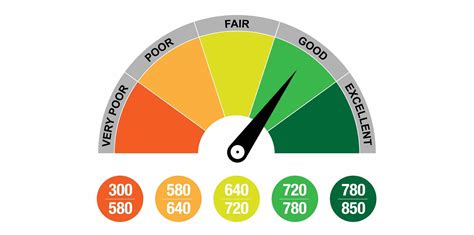
Know the 4 types of life insurance, their definitions and benefits. Various types of life insurance are currently offered to the public by banks and insurance companies.
All life insurance policies have a fixed term and different benefits, so it is important that you have a good understanding of the policy you are choosing before purchasing life insurance.
Life insurance is a contract between the policyholder (the insured) and the insurance company (the insurance company), and the insurance company pays according to the death or life of the insured person.
The value and amount of benefits provided will be determined and/or determined by the results of the operation of the Fund.
Life insurance protects the insured against the effects of unexpected financial loss, such as sudden death, complete and permanent disability, or unproductive circumstances that result in loss of income.
Types of Life Insurance
As reported by the official website of the Office of Financial Services (OJK), there are many types of life insurance such as term life insurance, whole life insurance, endowment life insurance and unit linkage insurance.
1. Term Life Insurance
All term life insurance products provide coverage for a set period of time, called the policy period.
Benefits of a term life insurance policy may only be paid under the following conditions:
- The insured dies within a predetermined period of time
- The policy is still valid when the insured dies
If the policyholder is still alive at the end of the specified period, the policyholder will be entitled to continued life insurance coverage.
If the policyholder does not continue, the policy lapses and the insurance company has no obligation to provide further coverage.

Insurance Examples Term Life Insurance Coverage types include:
- Term life insurance with fixed coverage that provides an equal death benefit for the life of the policy.
- Reduction in life insurance, which provides a death benefit that decreases over the period of coverage. The benefit of this policy starts at a pre-determined value and decreases over the coverage period according to the method described in the policy.
- Term life insurance with increasing coverage, providing a death benefit at one value and increasing by a percentage at specified intervals over the life of the policy.
2. Whole Life Insurance
Whole life insurance has two characteristics: it provides lifetime protection to the insured for the duration of the policy, and there is an element of insurance coverage and savings within it.
There are several types of whole life insurance:
- Whole life insurance provides lifetime protection at a fixed premium rate, and premiums do not increase as the insured person ages.
- Last survivor life insurance provides policy benefits that are paid only after the death of two of the insured persons covered by the policy. This life insurance premium may be paid only until the death of the first insured person, or the premium may be paid until the death of both insured persons. This type of insurance is designed primarily to provide protection to couples who want funds to pay inheritance tax that is levied upon death.
- Joint Whole Life Insurance has the same features and benefits as individual whole life insurance, but provides two lives with one policy.
Upon the death of one of the insured, the death benefit under the policy will be paid to the still living insured, and coverage will terminate.

3. Unit linked insurance Unit linked insurance combines the benefits of insurance with investment. Generally, this insurance is held by life insurance companies. Premiums paid will be allocated into two separate management mechanisms, namely basic premium management for protection purposes and management of investment premiums.
By purchasing this life insurance product, the insured can obtain the benefits of insurance protection and a return on their investment.
4. Endowment life insurance Endowment life insurance provides certain benefits such as the insured lives until the end of the coverage period or dies during the coverage period. Each endowment life insurance policy has a maturity date, which is the date the insurance company pays the sum insured to the policyholder if the insured is still alive.
The maturity date is the specified maturity or when the insured reaches a specified age.
Well, above has been reviewed about several types of life insurance. Apart from understanding the types, before buying a life insurance policy, make sure that the insurance provider company has been registered and supervised by the OJK.





